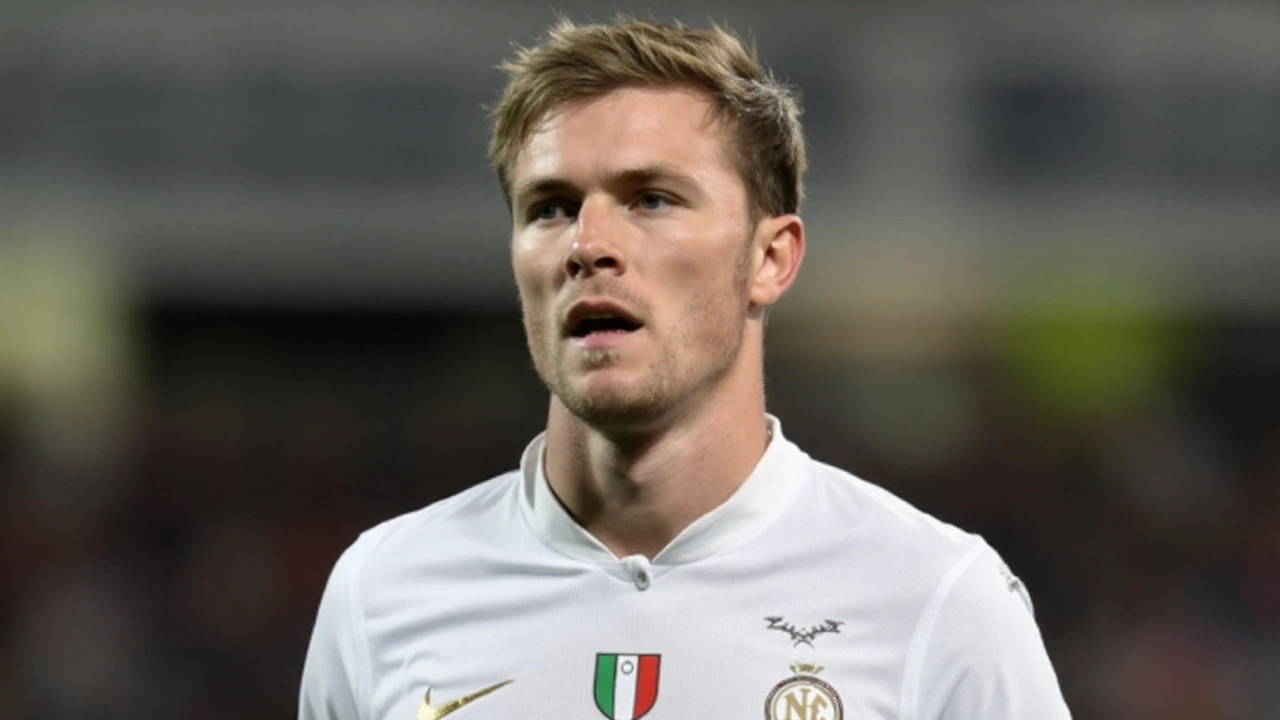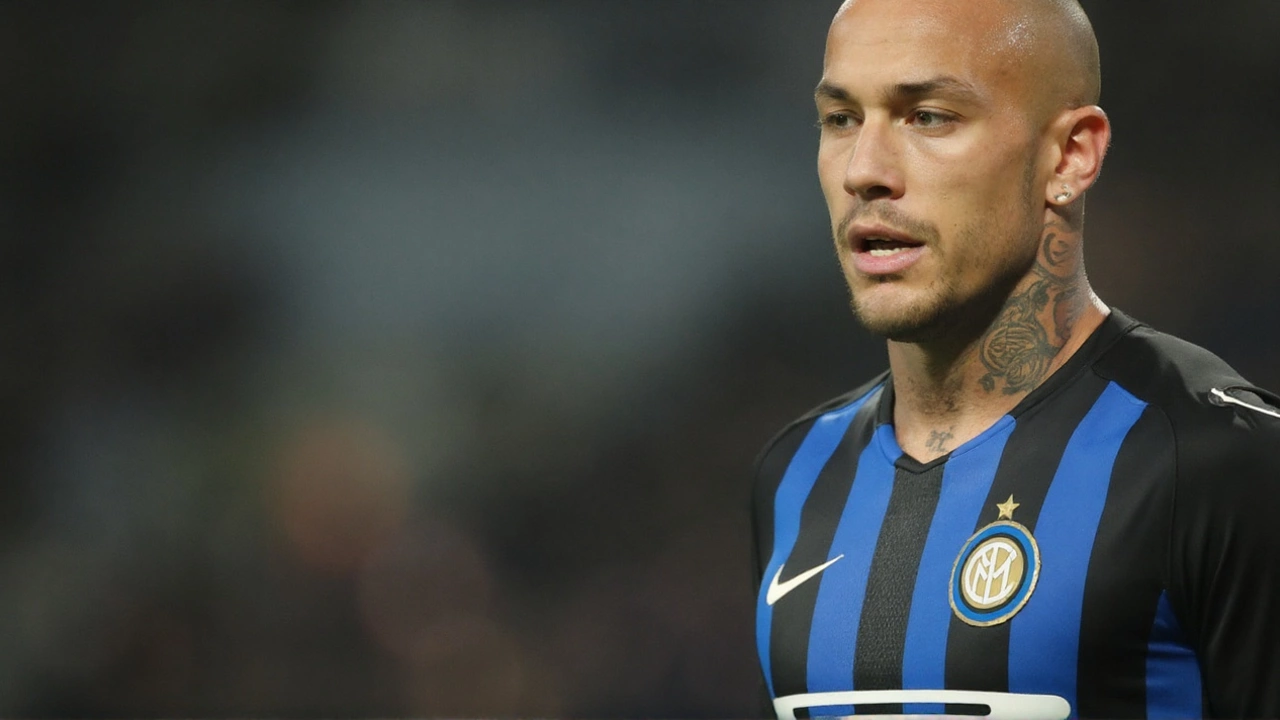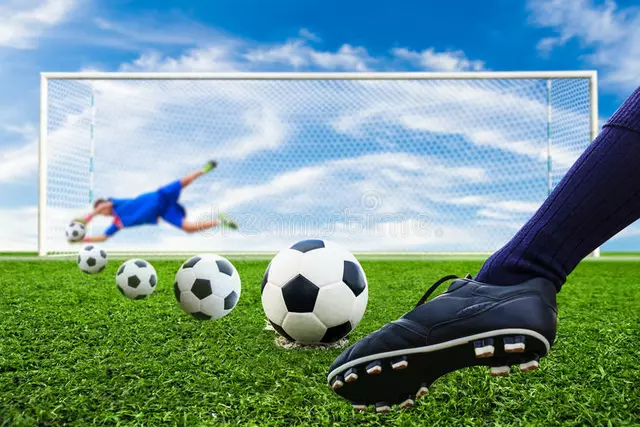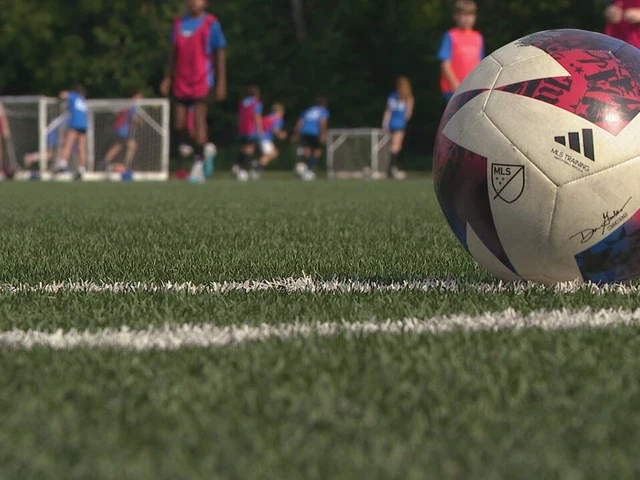Nainggolan to McTominay: stop the comparisons
Another day, another football comparison. This time it’s Radja Nainggolan drawing a line. The former Roma and Inter midfielder isn’t happy being measured against Manchester United’s Scott McTominay. He says he operated at a higher level, full stop. He even tossed in a jab: McTominay is useful for fantasy football because he scores, but that doesn’t make them alike as players.
The chatter seems to trace back to debates about how McTominay’s goal threat stacks up against the standards of top Serie A midfielders. But there’s no single flashpoint—no viral clip or one big pundit take—behind this one. It’s more of a rolling argument: similar positions, different profiles, heated opinions.
Nainggolan’s stance is blunt. He sees himself as a midfielder who could control a game at the top end of Serie A, while McTominay, in his view, fills a narrow role built around timing runs into the box. That frames the comparison as apples and oranges. So what do their careers actually say?

Different players, different jobs
Nainggolan built his reputation in Italy with Cagliari and Roma before a move to Inter. His peak came at Roma under Rudi Garcia and later Luciano Spalletti, where he played as a box-to-box “mezzala” who pressed hard, carried the ball, and snapped into tackles. He was a driving force in Roma’s midfield during their 2017–18 run to the Champions League semifinals, most memorably the 3-0 comeback against Barcelona, when Roma overwhelmed a stacked side with energy and aggression.
He wasn’t just a disruptor. At his best, Nainggolan could hit through balls between the lines, switch play, and shoot from range. Coaches trusted him without the ball, too. He covered ground, pressed high, and helped Roma play on the front foot. That blend—ball-winning, ball-carrying, and end product—made him one of Serie A’s most complete midfielders for a spell. He also featured regularly for Belgium before stepping away from international duty in 2018.
McTominay is cut from a different cloth. At Manchester United and with Scotland, he’s a vertical runner and a finisher from midfield. Managers have used him as an eight, a ten, and even as a makeshift forward late in games because he attacks space well and arrives in the box at the right moments. Last season, he hit double figures in the Premier League, often rescuing United with late goals. For Scotland, he was a key scorer in Euro 2024 qualifying, turning set pieces and second balls into real threats.
Why do fans keep lining them up side by side? On paper, both are tall, athletic midfielders who don’t mind the physical stuff. But their strengths live in different phases of play. Nainggolan influenced games for 90 minutes—pressing, recovering possession, linking transitions, and then adding the occasional rocket from distance. McTominay’s game spikes in the final third, especially when the team pushes bodies forward and needs a late runner to finish a chance.
Look at how their coaches used them. Spalletti’s Roma thrived with Nainggolan stepping into advanced areas to hound opponents and spring counters, without losing control of midfield. Erik ten Hag and previous United managers often turned to McTominay as a momentum change: keep him high, free him from deep build-up, and let him attack the box. It’s impact versus orchestration. Both useful, not the same.
There’s also the Serie A factor. The league can be slower in tempo but brutal in detail—positional play, spacing, defensive traps. Nainggolan was built for that chess match: he read danger, won duels, and moved his team up the pitch with the ball. McTominay’s best work leans on chaos and quick strikes—the kind of Premier League moments where a second-ball falls and he’s first to it. Drop him into a more structured, possession-heavy side and his numbers can swing based on role and instruction.
Nainggolan’s “fantasy football” line stings because it’s partly true and partly unfair. Yes, many fantasy formats reward goals more than all-round midfield work. McTominay’s value spikes in those systems because goals are king. But the dig ignores how United have leaned on his clutch scoring in tough stretches. Those points weren’t empty; they earned real results.
If you zoom out, this debate says more about how we rate midfielders than about either player. Do we value constant influence—pressing, carrying, passing, tempo—or do we prize the one moment that decides a match? Nainggolan comes from the first school. McTominay, the second. Depending on what your team needs, one looks “better” than the other.
Nainggolan has never been shy with opinions, and this one will spark more. Roma fans will remember the tireless engine and Champions League nights. United and Scotland fans will point to the late winners and headers at the back post. The comparison won’t get settled in a quote or a stat line. It lives in how each was used and what their teams asked them to be.




